All Images: Virgin Hyperloop
Q&A | Hyperloop
Q&A: on board Virgin Hyperloop with the first test passengers
Virgin Hyperloop’s passenger test is a major step towards the commercial use of hyperloop systems. Ilaria Grasso Macola spoke to Virgin Hyperloop director of passenger experience Sara Luchian to understand how the hyperloop could become the sustainable, direct-to-destination transport mode of the future.
US-based company Virgin Hyperloop made the headlines this November on Sunday when it conducted the world’s first passenger test for its hyperloop system in the Nevada desert.
As part of the test, chief technology officer and co-founder Josh Giegel and director of passenger experience Sara Luchian took a 15-second journey aboard a custom-built hyperloop pod.
“Today, we took one giant leap toward that ultimate dream, not only for me but for all of us who are looking towards a moonshot right here on Earth,” commented Giegel.
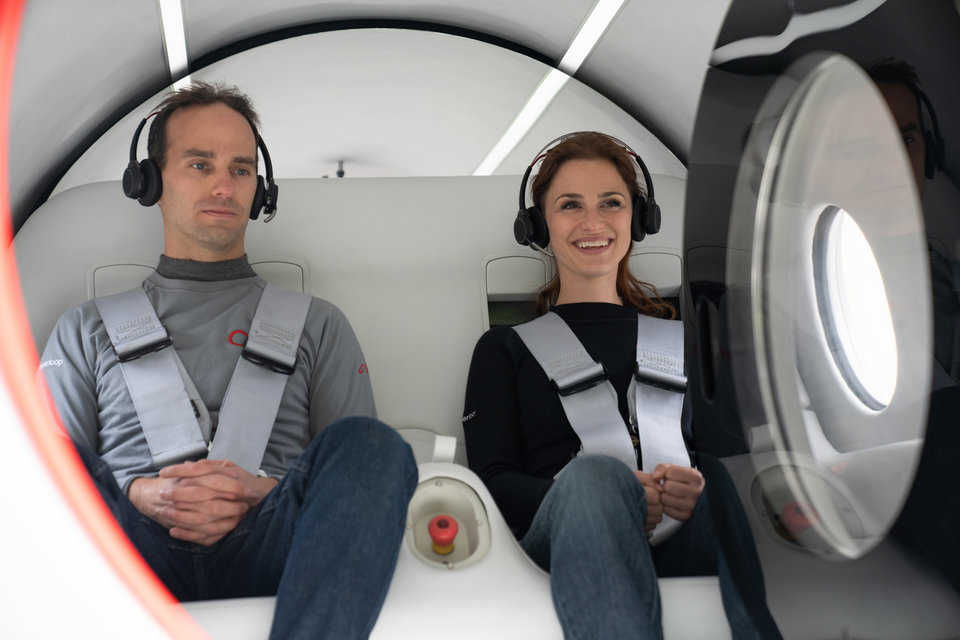
Virgin Hyperloop chief technology officer and co-founder Josh Giegel and director of passenger experience Sara Luchian. Image: Virgin Hyperloop
The trial was considered a success by Virgin Hyperloop’s partner, the Virgin Group.
“For the past few years, the Virgin Hyperloop team has been working on turning its groundbreaking technology into [a] reality,” said Sir Richard Branson. “With today’s successful test, we have shown that this spirit of innovation will change the way people everywhere live, work, and travel in the years to come.”
We spoke to Sara Luchian to understand how the project came about and what it felt like being the first passenger on board the Virgin Hyperloop system.
MaxBögl product manager Andreas Rau. Image: Max Bögl

Ilaria Grasso Macola (IGM): When was the project developed and what was the rationale behind it?
Sara Luchian (SL): We started developing this project about 18 or 20 months ago and the main objective was really to demonstrate that we would be able to safely put human passengers on a pod and run them through the hyperloop system.
When things did start to pick up, when the lockdown was relaxed, the trains were fantastic
What are the benefits of a hyperloop system?
There are several pros - including [some related to passenger comfort], which is what interests me as director of passenger experience - but for one, [Virgin Hyperloop] is intended to be a sustainable, more environmentally friendly, direct-to-destination form of transportation.
The hyperloop’s speed of 1,000km per hour will connect cities as if they were metro stops, so instead of having to travel for hours to get to the next city, now you’re travelling there within minutes.
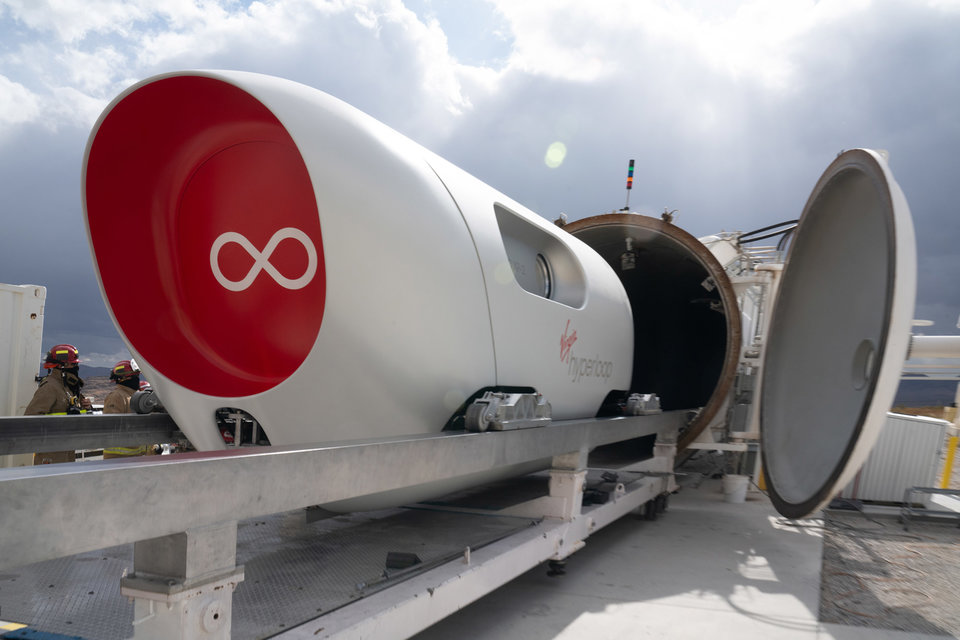
Image: MaxBögl
From an environmental sustainability perspective, the hyperloop is powered electronically and doesn’t have negative environmental emissions. From this perspective alone, it’s already a much cleaner form of transportation compared to cars or planes.
Also, if you’re powering it off a grid, there’s the potential to contribute to that power source by laying solar panels along the length of the tube,[making it self-sustainable] to a certain extent.
As for the possibility of connecting people and places as if they were part of a metro network, in the US there are so many cities that could be reached by driving for three hours but with traffic, it could be twice as much.
With [our] hyperloop, it could be a fifth of the time and you start thinking what happens if [people] could commute to another city or live somewhere more affordable while being able to get into the city in five or ten minutes, instead of an hour and a half to three hours.
I also think there are a lot of pros safety-wise, as the hyperloop is automated so human errors or weather conditions [cannot impact its performance].
Can you talk us through what happened in the trial?
Josh Giegel and I volunteered and got into the hyperloop pod vehicle.
We were inserted into a tube, where the pressure was down to 100Pa-120Pa; the same atmospheric pressure that you have at 200,000 feet in the air, practically a vacuum.
Using magnetic levitation and propulsion, we travelled at 107mph for 15 seconds, and then we came to a stop.
You were one of the two people to test the hyperloop for the first time. Were you nervous before entering the pod?
I was very excited, and I think if there were any nerves it was just about the magnitude of the moment and realising that we were potentially about to be writing history.
The gravitas of the moment made me a little nervous, but otherwise, I was excited and proud of what this company has accomplished.
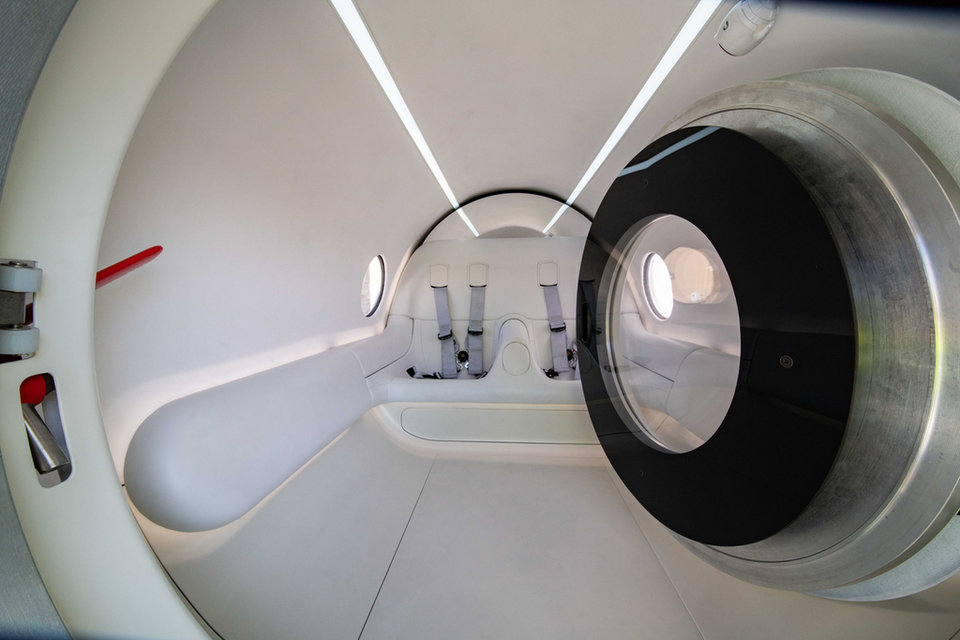
Image: MaxBögl
[Virgin Hyperloop] was only founded six years ago and in that time we have put two average people in [a hyperloop system]. This is so thrilling because our intention is to create a system that everyone can use, whether it is for passengers or cargo.
And so, if that is what we were able to accomplish in six years, I can only imagine what we will accomplish in the next six or so.
Does the hyperloop feel different from a regular train?
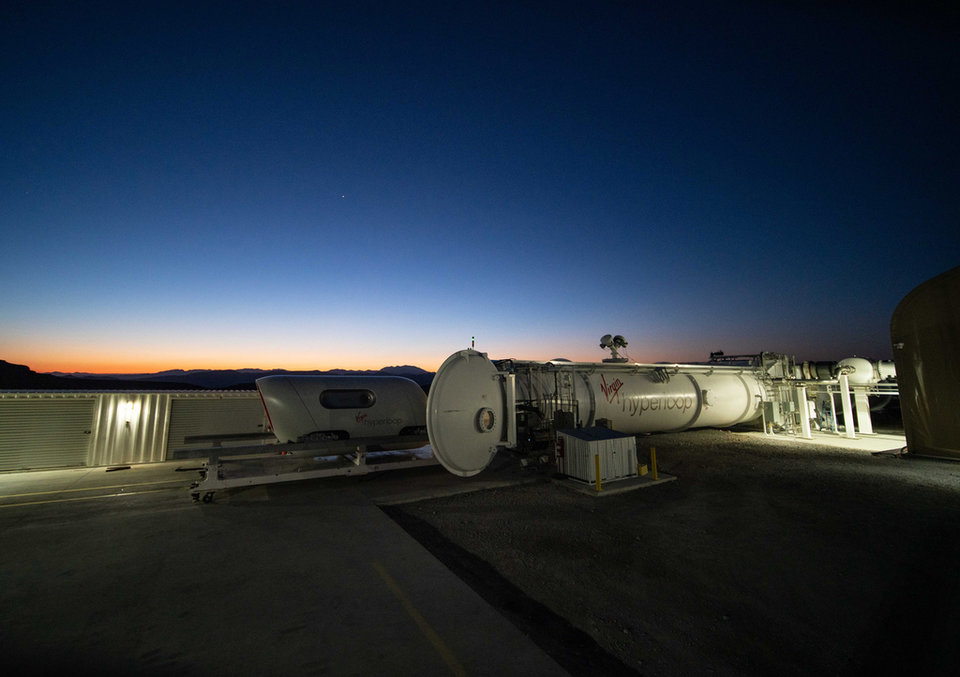
Image: MaxBögl
It's important to maintain a sense of familiarity with existing modes of transportation and that is one of the things that I work on, as head of passenger experience.
Going in, you would see a comfortable passenger cabin that could hold up to 28 people – a smaller train car in that respect but [with] a technology that is completely different.
We are going multiple times as fast, getting to where you're going much quicker and there are no stops along the way.
The intention is to give a passenger experience with all the benefits [but with] a more novel, faster and cleaner technology.
What challenges have you faced while developing the project?
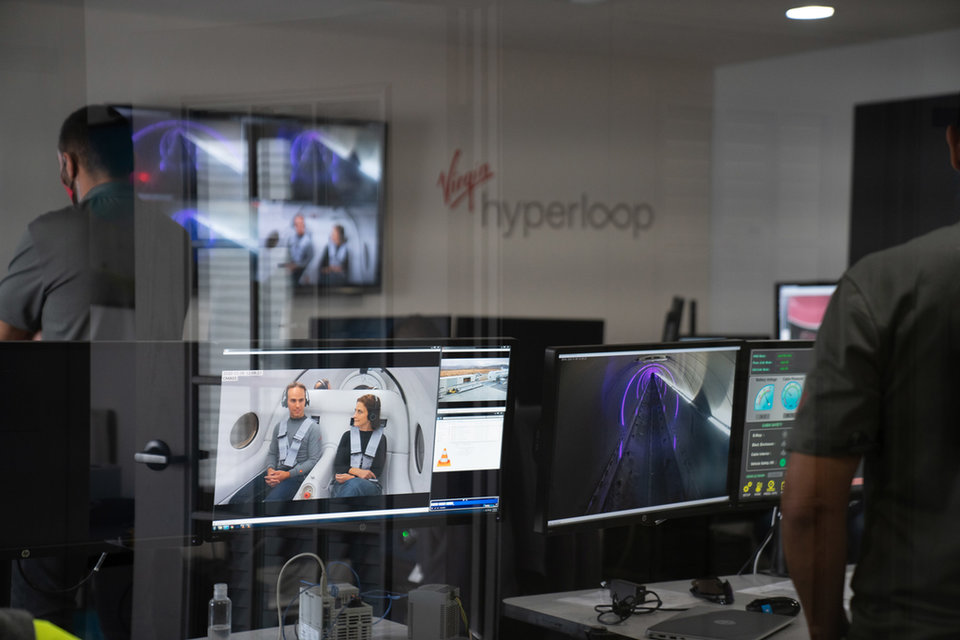
Image: MaxBögl
When you're developing a new technology, one of the biggest challenges is that there are sceptics who wonder whether the technology is viable and safe.
A lot of what we've faced is having to demonstrate the team's abilities, proving that we are able to make the technology work and transport people and cargo safely.
I think yesterday was a huge day in that respect for all the naysayers, given that we had two of us travel safely on a hyperloop system.
What’s next? When will Virgin start commercial production?
The next steps involve doing a few more passenger tests while continuing to test our systems to get them to higher speeds.
And that's where we'll be working towards getting our system certified, as well as having it assessed by independent parties, safety regulators and government bodies to ensure that it is truly a safe and well-accepted form of transportation.
As far as commercial deployment goes, I would say that [it will be] by the end of the decade for day-to-day operations, but we're expecting [to receive the] certification within the next five years.
Under President Trump,the US Department of Transportation provided a positive framework for the development of hyperloop systems. Do you expect to have the same amount of support from the Biden administration?
One of the great things about infrastructure is that it enjoys bipartisan support.
We've always had very enthusiastic traction from members of both parties, as [infrastructure] is one of the few things that people would reach across the aisle for, acknowledging the many benefits it affords to the citizens of the US.
In your opinion, are hyperloops the way forward for the railway industry?
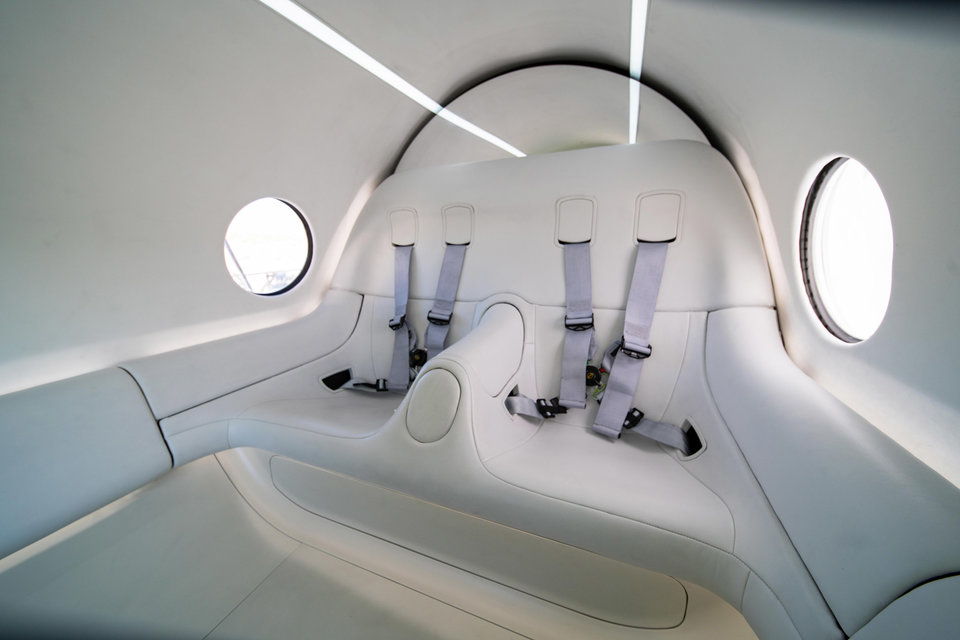
Image: MaxBögl
I think it's absolutely the way forward for both passengers and cargo. There are opportunities for other modes of transportation to coexist with the hyperloop but as it is a range extender, its speed enables certain things that other modes are not able to achieve.
The hyperloop is part of the greater mobility ecosystem that we’re developing collectively in the 21st century.